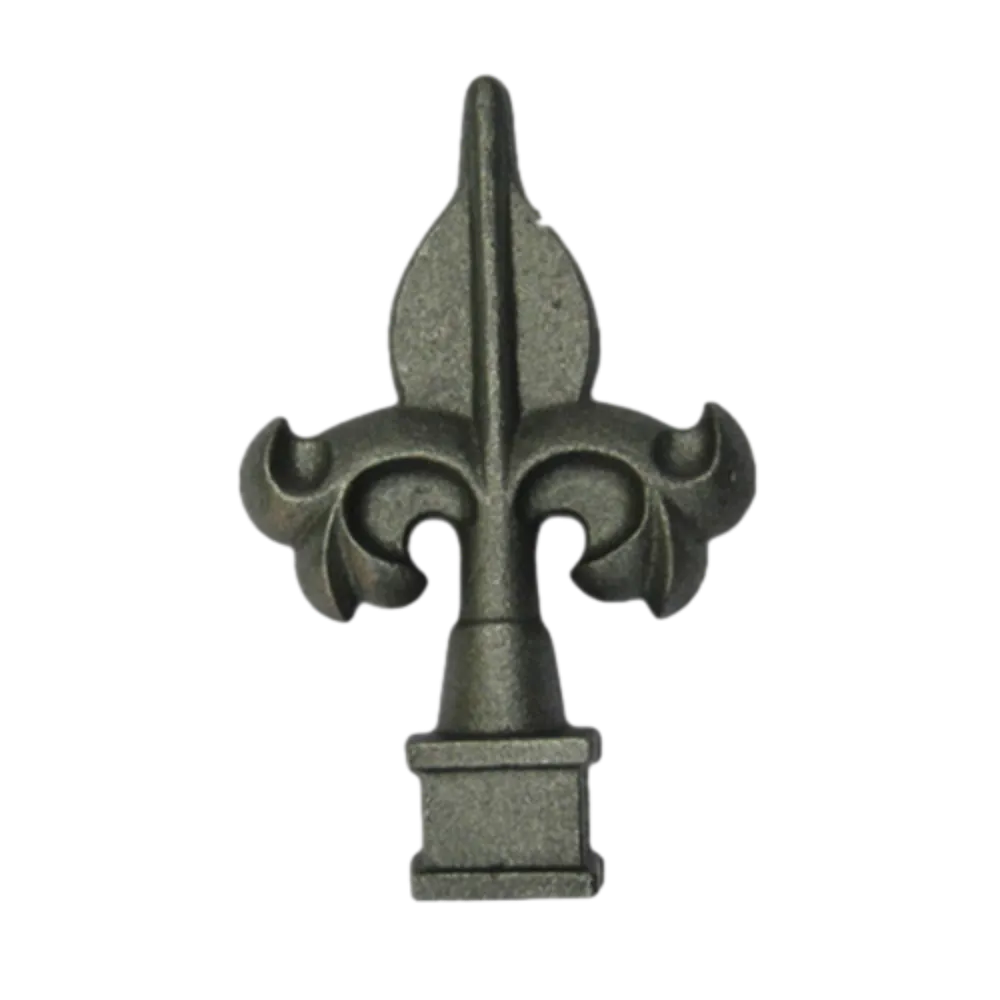Aluminum Sliding Door Rollers for Smooth and Efficient Operation in Homes and Businesses
Understanding Aluminum Sliding Door Rollers A Comprehensive Guide
Aluminum sliding door rollers are essential components that facilitate the smooth operation of sliding doors. Whether they are used in residential homes, commercial buildings, or industrial settings, these rollers are vital for ensuring that doors open and close effortlessly. In this article, we will explore the different types of aluminum sliding door rollers, their functions, installation processes, and maintenance tips to keep your sliding doors in optimal condition.
What Are Aluminum Sliding Door Rollers?
Aluminum sliding door rollers are mechanical devices mounted at the bottom or top of sliding doors. They allow the door to glide along a track system, enabling easy access to spaces while saving room. These rollers are typically made of aluminum for durability and lightweight properties, which add to the efficiency of the door operation.
Types of Aluminum Sliding Door Rollers
1. Bottom Rollers These rollers are mounted at the bottom of the sliding door and support most of the weight of the door. They usually have a larger diameter, which helps distribute the weight evenly and prevents wear on the track.
2. Top Rollers Mounted at the top of the door, these rollers help guide the door and maintain its position. They assist in preventing the door from swaying or jumping off the track.
3. Dual Rollers Some sliding doors utilize dual roller systems, featuring both top and bottom rollers. This design improves stability and enhances smooth operation, making it ideal for heavy or oversized doors.
4. Heavy-Duty Rollers For industrial and commercial applications, heavy-duty aluminum sliding door rollers are available. These robust rollers are designed to support much greater weights, ensuring safe and reliable operation in high-traffic areas.
Functionality of Sliding Door Rollers
The primary function of aluminum sliding door rollers is to reduce friction and enable smooth movement along a track. Properly functioning rollers ensure that the door operates quietly and effortlessly. Additionally, high-quality rollers contribute to the overall longevity of the sliding door system by minimizing wear and tear.
When the rollers are aligned correctly and maintained regularly, they help keep the door from derailing or becoming misaligned. This is especially critical in commercial settings where heavy use is common.
Installation Process
Installing aluminum sliding door rollers can vary in complexity depending on the type of door and roller system used. Here’s a simplified overview of the installation process
aluminum sliding door rollers

1. Gather Tools and Materials You will need a screwdriver, measuring tape, level, and the chosen aluminum sliding door rollers.
2. Remove the Existing Door If you are replacing old rollers, carefully take the sliding door off its track. This may require lifting the door slightly to disengage the rollers from the track.
3. Install the New Rollers For bottom rollers, align them with the pre-drilled holes in the door frame. Securely fasten them in place. Top rollers can be installed similarly, but ensure they are properly aligned to avoid misalignment.
4. Hang the Door Once the rollers are installed, lift the door back onto the track, ensuring the rollers fit snugly into the track. Adjust the positioning as necessary.
5. Test the Operation Slide the door back and forth to ensure it glides smoothly without any obstructions or unusual noises.
Maintenance Tips
To prolong the lifespan of your aluminum sliding door rollers and ensure optimal performance
- Regular Cleaning Dust and debris can accumulate in the rollers and track, affecting their functionality. Regularly clean the track and rollers with a damp cloth and a mild cleaning solution.
- Lubrication Apply a silicone-based lubricant to the rollers periodically to reduce friction and ensure smooth operation. Avoid using oil-based lubricants, as they can attract dust and grime.
- Inspection for Wear Periodically check the rollers for signs of wear or damage. Replace any damaged rollers immediately to prevent further issues.
- Adjustments If you notice that the door is not sliding smoothly, it may need adjustment. Check the alignment and ensure the rollers are properly fitted in the track.
Conclusion
Aluminum sliding door rollers play a crucial role in the functionality and longevity of sliding door systems. Understanding their types, functions, and maintenance can greatly enhance your experience with sliding doors, whether in your home or workplace. With proper care, you can ensure that your sliding doors remain functional, smooth, and efficient for years to come.
-
Wrought Iron Components: Timeless Elegance and Structural StrengthNewsJul.28,2025
-
Window Hardware Essentials: Rollers, Handles, and Locking SolutionsNewsJul.28,2025
-
Small Agricultural Processing Machines: Corn Threshers, Cassava Chippers, Grain Peelers & Chaff CuttersNewsJul.28,2025
-
Sliding Rollers: Smooth, Silent, and Built to LastNewsJul.28,2025
-
Cast Iron Stoves: Timeless Heating with Modern EfficiencyNewsJul.28,2025
-
Cast Iron Pipe and Fitting: Durable, Fire-Resistant Solutions for Plumbing and DrainageNewsJul.28,2025
-
 Wrought Iron Components: Timeless Elegance and Structural StrengthJul-28-2025Wrought Iron Components: Timeless Elegance and Structural Strength
Wrought Iron Components: Timeless Elegance and Structural StrengthJul-28-2025Wrought Iron Components: Timeless Elegance and Structural Strength -
 Window Hardware Essentials: Rollers, Handles, and Locking SolutionsJul-28-2025Window Hardware Essentials: Rollers, Handles, and Locking Solutions
Window Hardware Essentials: Rollers, Handles, and Locking SolutionsJul-28-2025Window Hardware Essentials: Rollers, Handles, and Locking Solutions -
 Small Agricultural Processing Machines: Corn Threshers, Cassava Chippers, Grain Peelers & Chaff CuttersJul-28-2025Small Agricultural Processing Machines: Corn Threshers, Cassava Chippers, Grain Peelers & Chaff Cutters
Small Agricultural Processing Machines: Corn Threshers, Cassava Chippers, Grain Peelers & Chaff CuttersJul-28-2025Small Agricultural Processing Machines: Corn Threshers, Cassava Chippers, Grain Peelers & Chaff Cutters












